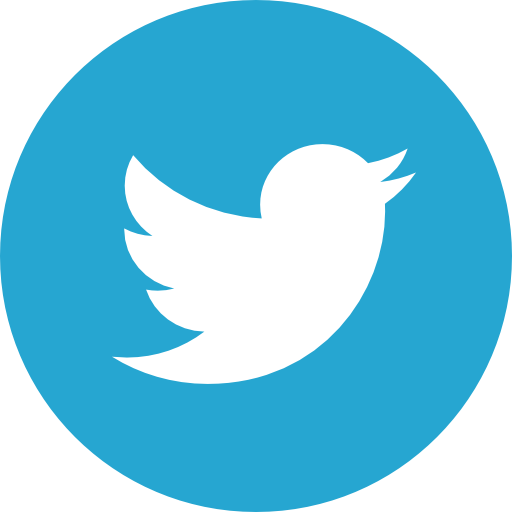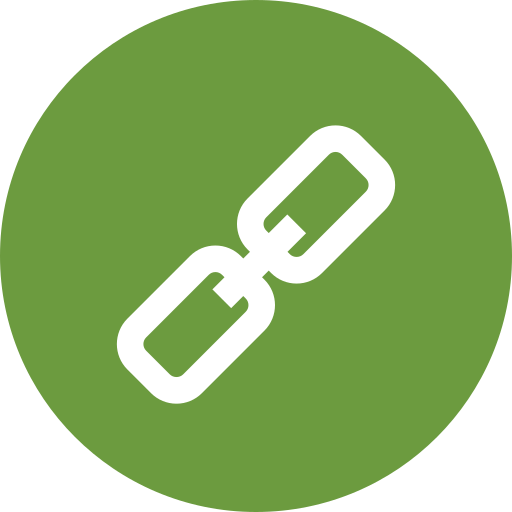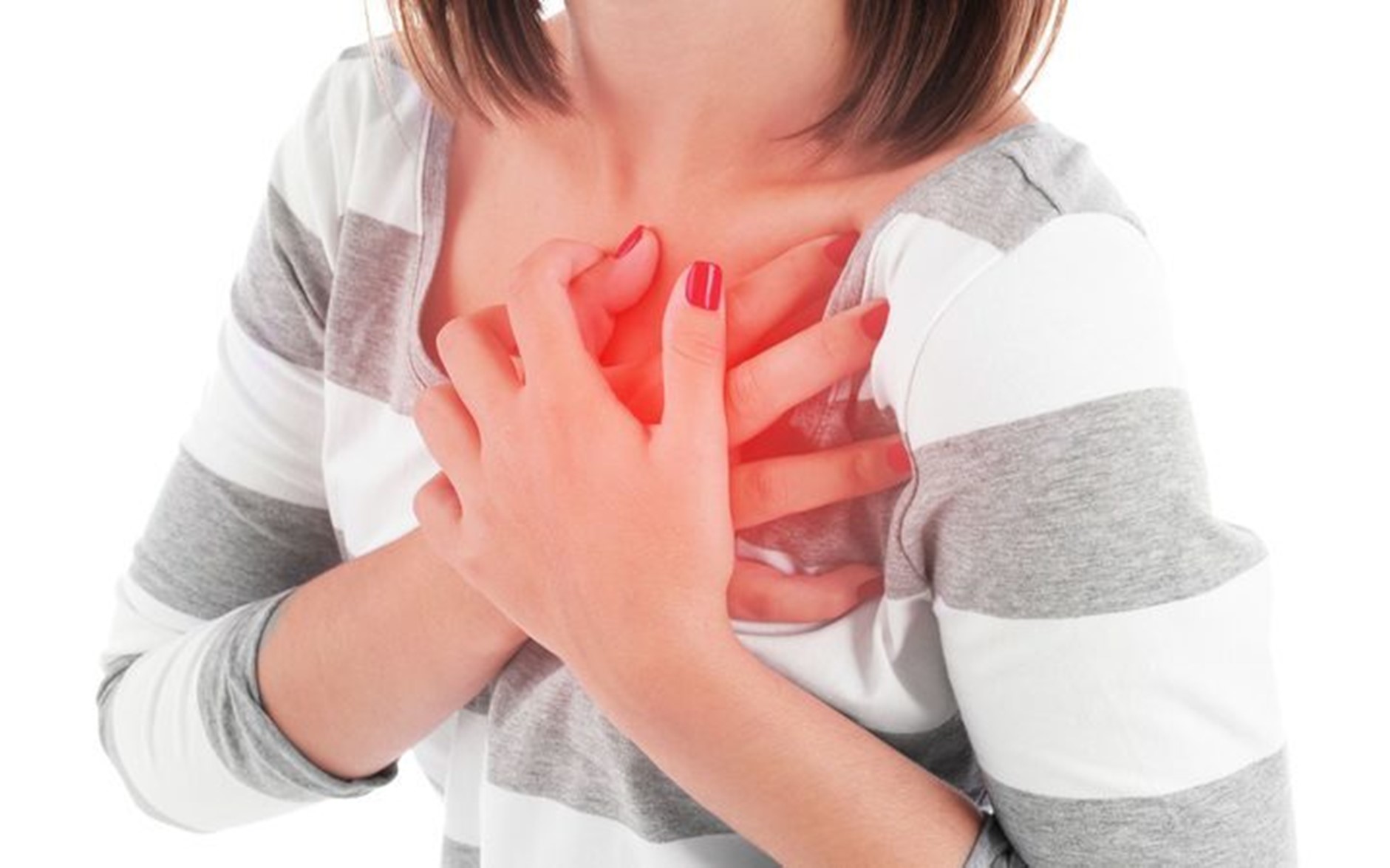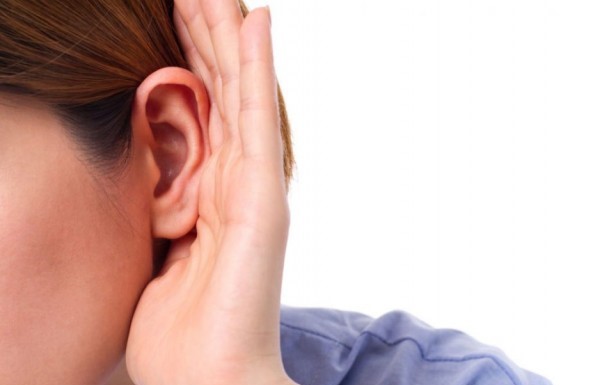| Product name | Per Pill | Savings | Per Pack | Order |
|---|---|---|---|---|
| 30 pills | $2.52 | $75.51 | ADD TO CART | |
| 60 pills | $1.82 | $41.63 | $151.03 $109.40 | ADD TO CART |
| 90 pills | $1.59 | $83.25 | $226.54 $143.29 | ADD TO CART |
| 120 pills | $1.48 | $124.88 | $302.05 $177.17 | ADD TO CART |
| 180 pills | $1.36 | $208.13 | $453.08 $244.95 | ADD TO CART |
| 270 pills | $1.28 | $333.02 | $679.63 $346.61 | ADD TO CART |
| Product name | Per Pill | Savings | Per Pack | Order |
|---|---|---|---|---|
| 30 pills | $1.45 | $43.43 | ADD TO CART | |
| 60 pills | $1.10 | $20.85 | $86.86 $66.01 | ADD TO CART |
| 90 pills | $0.98 | $41.69 | $130.28 $88.59 | ADD TO CART |
| 120 pills | $0.93 | $62.54 | $173.72 $111.18 | ADD TO CART |
| 180 pills | $0.87 | $104.23 | $260.57 $156.34 | ADD TO CART |
| 270 pills | $0.83 | $166.76 | $390.85 $224.09 | ADD TO CART |
| 360 pills | $0.81 | $229.30 | $521.14 $291.84 | ADD TO CART |
Fluvoxamine is a selective serotonin reuptake inhibitor (SSRI) used to treat various mental health conditions, including obsessive-compulsive disorder (OCD), social anxiety disorder, and depression. It is available in different strengths, including 100 mg and 50 mg, and can be purchased online or through a prescription from a healthcare professional. In this article, we will provide a comprehensive guide to fluvoxamine, including its uses, benefits, and purchase options.
What is Fluvoxamine?
Fluvoxamine is a type of antidepressant that belongs to the class of SSRIs. It works by increasing the levels of serotonin in the brain, which helps to improve mood and reduce symptoms of anxiety and depression. Fluvoxamine is available in tablet form and is usually taken once or twice a day, depending on the prescribed dosage.
Uses of Fluvoxamine
Fluvoxamine is used to treat a variety of mental health conditions, including:
- Obsessive-compulsive disorder (OCD)
- Social anxiety disorder
- Depression
- Anxiety disorders
- Post-traumatic stress disorder (PTSD)
Benefits of Fluvoxamine
Fluvoxamine has several benefits, including:
- Effective in reducing symptoms of OCD and social anxiety disorder
- Can be used to treat depression and anxiety disorders
- Available in different strengths, including 100 mg and 50 mg
- Can be purchased online or through a prescription from a healthcare professional
- Generally well-tolerated, with few side effects
Purchase Options for Fluvoxamine
Fluvoxamine can be purchased online or through a prescription from a healthcare professional. There are several options available, including:
- Order Fluvoxamine online: Fluvoxamine can be ordered online from a reputable pharmacy or online retailer. This option is convenient and can be more affordable than purchasing through a traditional pharmacy.
- Buy Fluvoxamine with a prescription: Fluvoxamine can be purchased with a prescription from a healthcare professional. This option is recommended for those who have not previously taken fluvoxamine or have a history of mental health conditions.
- Generic 100 mg Fluvoxamine: Generic fluvoxamine is available in 100 mg strength and can be purchased online or through a prescription.
- Fluvoxamine 50 mg buy free shipping: Fluvoxamine 50 mg can be purchased online with free shipping, making it a convenient and affordable option.
Table: Comparison of Fluvoxamine Purchase Options
| Purchase Option | Price | Shipping | Prescription Required |
|---|---|---|---|
| Order Fluvoxamine online | $20-$50 per month | Free shipping | No |
| Buy Fluvoxamine with a prescription | $30-$60 per month | Variable | Yes |
| Generic 100 mg Fluvoxamine | $15-$30 per month | Free shipping | No |
| Fluvoxamine 50 mg buy free shipping | $10-$25 per month | Free shipping | No |
Lists of Fluvoxamine Benefits and Side Effects
Here are some lists of fluvoxamine benefits and side effects:
Benefits of Fluvoxamine:
- Effective in reducing symptoms of OCD and social anxiety disorder
- Can be used to treat depression and anxiety disorders
- Available in different strengths, including 100 mg and 50 mg
- Can be purchased online or through a prescription from a healthcare professional
- Generally well-tolerated, with few side effects
Side Effects of Fluvoxamine:
- Nausea and vomiting
- Headache and dizziness
- Insomnia and sleep disturbances
- Dry mouth and sweating
- Increased appetite and weight gain
Purchase Fluvoxamine with a Mastercard or Visa
Fluvoxamine can be purchased with a Mastercard or Visa, making it a convenient and secure option. This option is available through online pharmacies and retailers, and can be more affordable than purchasing through a traditional pharmacy.
Discount Fluvoxamine American Express
Discount fluvoxamine is available through American Express, making it a convenient and affordable option. This option is available through online pharmacies and retailers, and can be more affordable than purchasing through a traditional pharmacy.
Cheap Generic Fluvoxamine Canada
Cheap generic fluvoxamine is available in Canada, making it a convenient and affordable option. This option is available through online pharmacies and retailers, and can be more affordable than purchasing through a traditional pharmacy.
Order Fluvoxamine Online with Visa
Fluvoxamine can be ordered online with Visa, making it a convenient and secure option. This option is available through online pharmacies and retailers, and can be more affordable than purchasing through a traditional pharmacy.
Conclusion
Fluvoxamine is a effective treatment for various mental health conditions, including OCD, social anxiety disorder, and depression. It is available in different strengths, including 100 mg and 50 mg, and can be purchased online or through a prescription from a healthcare professional. With its convenience, affordability, and effectiveness, fluvoxamine is a popular choice for those seeking treatment for mental health conditions. Whether you choose to order fluvoxamine online, buy fluvoxamine with a prescription, or purchase generic 100 mg fluvoxamine, there are several options available to suit your needs and budget.
Obsessive Compulsive Disorder (OCD) is a chronic and debilitating mental health condition characterized by recurring, intrusive thoughts (obsessions) and repetitive behaviors (compulsions) that an individual feels compelled to perform. The treatment of obsessions and compulsions in patients with OCD is a complex and multifaceted process that requires a comprehensive approach. In this article, we will explore the various treatment options available for OCD, including pharmacological, psychological, and alternative therapies.
Understanding OCD
Before discussing the treatment options, it is essential to understand the nature of OCD. OCD is a neurobiological disorder that affects approximately 1% of the population worldwide. The symptoms of OCD can vary widely, but common obsessions include:
- Fear of contamination or germs
- Fear of harm or injury to oneself or others
- Intrusive thoughts or images
- Need for symmetry or order
- Fear of making mistakes
Compulsions, on the other hand, are repetitive behaviors that an individual feels compelled to perform in response to an obsession. Common compulsions include:
- Excessive cleaning or washing
- Repeating certain words or phrases
- Checking and rechecking locks, appliances, or other objects
- Arranging objects in a specific way
- Counting or performing mental rituals
Treatment Options
The treatment of OCD typically involves a combination of pharmacological and psychological therapies. The following are some of the most effective treatment options:
Pharmacological Therapies
Pharmacological therapies, such as selective serotonin reuptake inhibitors (SSRIs), are commonly used to treat OCD. These medications work by increasing the levels of serotonin in the brain, which helps to reduce the symptoms of OCD.
| Medication | Dosage | Side Effects |
|---|---|---|
| Fluoxetine (Prozac) | 20-80 mg/day | Nausea, headache, insomnia |
| Sertraline (Zoloft) | 50-200 mg/day | Diarrhea, dry mouth, drowsiness |
| Paroxetine (Paxil) | 20-60 mg/day | Nausea, headache, sweating |
Psychological Therapies
Psychological therapies, such as cognitive-behavioral therapy (CBT) and exposure and response prevention (ERP), are also effective in treating OCD. These therapies help individuals to identify and challenge their negative thoughts and behaviors, and to develop more adaptive coping strategies.
Some of the key components of CBT and ERP include:
- Cognitive restructuring: Identifying and challenging negative thoughts and beliefs.
- Exposure: Gradually exposing oneself to situations or objects that trigger obsessions and compulsions.
- Response prevention: Preventing oneself from performing compulsive behaviors in response to obsessions.
- Relaxation techniques: Learning relaxation techniques, such as deep breathing or progressive muscle relaxation, to manage anxiety and stress.
Alternative Therapies
Alternative therapies, such as mindfulness-based stress reduction (MBSR) and yoga, may also be helpful in reducing the symptoms of OCD. These therapies help individuals to develop greater awareness and acceptance of their thoughts and feelings, and to cultivate a sense of calm and well-being.
Some of the benefits of alternative therapies include:
- Reduced anxiety and stress
- Improved mood and overall sense of well-being
- Increased self-awareness and self-acceptance
- Enhanced cognitive functioning and concentration
Treatment Outcomes
The treatment outcomes for OCD vary depending on the individual and the treatment approach. However, with effective treatment, many individuals with OCD are able to experience significant reductions in their symptoms and improvements in their overall quality of life.
Some of the key factors that influence treatment outcomes include:
- Severity of symptoms: Individuals with more severe symptoms may require more intensive treatment.
- Comorbidities: Individuals with comorbid conditions, such as depression or anxiety disorders, may require more comprehensive treatment.
- Treatment adherence: Individuals who adhere to their treatment plan are more likely to experience positive outcomes.
- Social support: Individuals with strong social support networks may experience better treatment outcomes.
Conclusion
The treatment of obsessions and compulsions in patients with OCD is a complex and multifaceted process that requires a comprehensive approach. Pharmacological, psychological, and alternative therapies can all be effective in reducing the symptoms of OCD and improving overall quality of life. By understanding the nature of OCD and the various treatment options available, individuals with OCD can work with their healthcare providers to develop a personalized treatment plan that meets their unique needs and goals.
Recommendations
If you or someone you know is struggling with OCD, the following recommendations may be helpful:
- Seek professional help: Consult with a mental health professional, such as a psychologist or psychiatrist, to develop a personalized treatment plan.
- Educate yourself: Learn about OCD and the various treatment options available to make informed decisions about your care.
- Join a support group: Connect with others who are experiencing similar challenges to build a sense of community and support.
- Practice self-care: Engage in activities that promote relaxation and stress reduction, such as exercise, meditation, or yoga.
By working together and using a comprehensive approach, individuals with OCD can overcome their symptoms and achieve a better quality of life.
























